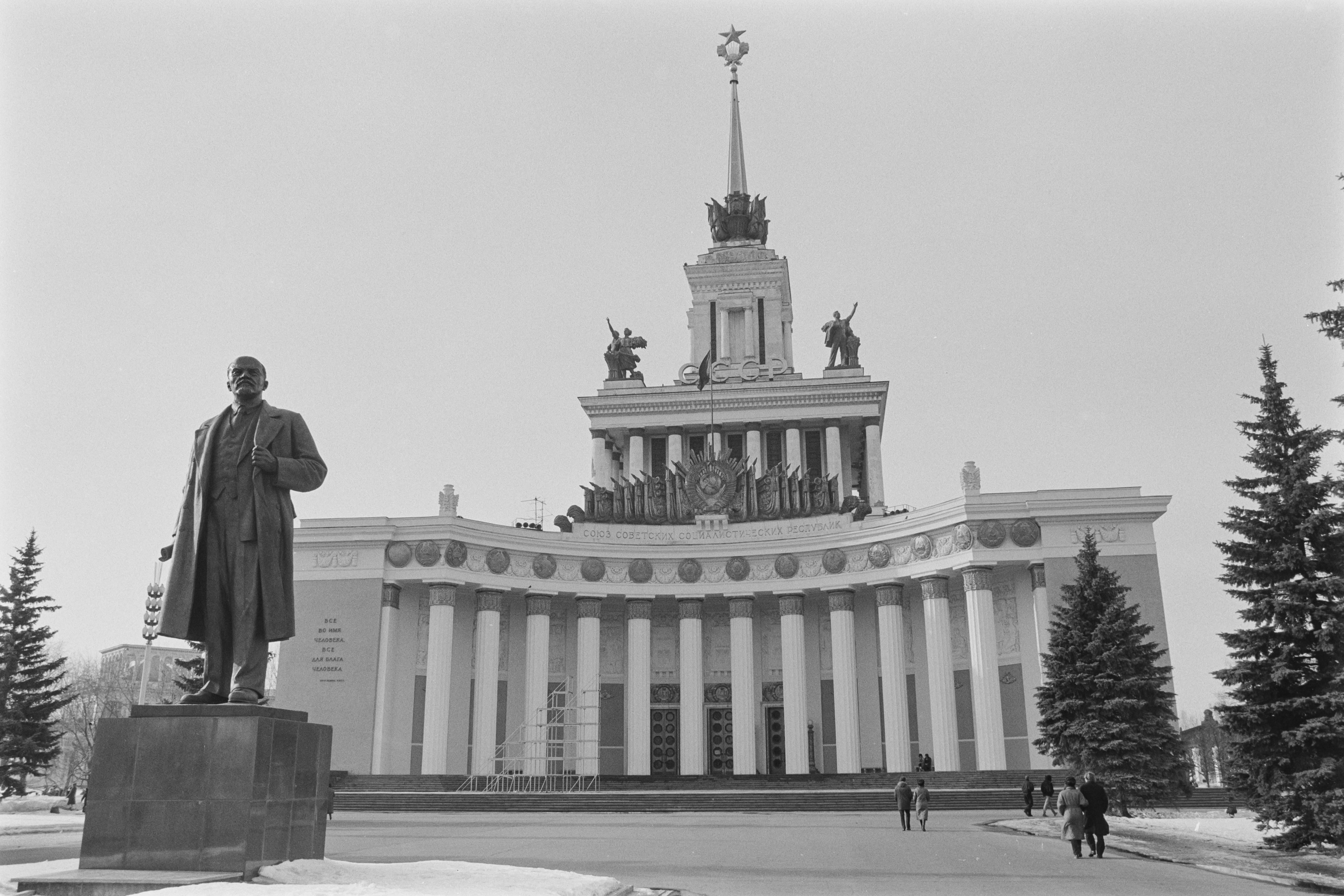How do we make sense of transnational higher education (TNHE) initiatives in an understudied region of Northern and Central Eurasia, famously known as the former Soviet Union (FSU)?
Drawing on higher education regionalism, my research explores international branch campus (IBC) initiatives undertaken by one of the largest Russian IBC-exporting institutions, the Lomonosov Moscow State University (LMSU).
Higher education regionalism can be defined as “a ‘top-down’ political project designated to region creation in which political instruments and mechanisms are introduced to organize higher education cooperation” (Chou and Ravinet, 2015, 363). My article sheds light on (1) the similarities and differences between six LMSU IBCs, and (2) the discourses used to rationalize the establishment of LMSU branch campuses.
To date, very little is known about higher education (HE) export-import between the post-Soviet countries. My qualitative inquiry therefore critically examines the Soviet legacy of LMSU IBCs to understand their origins, purposes, and utility as a form of HE export. To do this, I adapt the ‘five lenses’ analytic framework to explain how, as a form of educational partnership, the cases of LMSU branch campuses help to understand the post-Soviet IBC phenomenon in the following domains: governance and leadership, access and values, standards and procedures, academic personnel, and the larger community (Maeroff, Callan, and Usdan, 2001).
My qualitative study involves document analysis of secondary sources pertinent to the LMSU head and branch campuses. I draw on purposive sampling to select 82 government-, university-level official and informational documents concerning six LMSU branch campuses in Yerevan (Armenia), Baku (Azerbaijan), Nur-Sultan (Kazakhstan), Dushanbe (Tajikistan), Sevastopol (de-jure Ukraine), and Tashkent (Uzbekistan).
Governance of these six IBCs demonstrates a uniform approach and institutional proximity. Except for the branch in Sevastopol, due to agreements signed with national governments of these six countries, the LMSU head campus does not provide financial assistance to its branch campuses. LMSU operates a centralized admission framework that runs in parallel to the existing national HE admission system.
When it comes to access and values, state workforce training and local capacity building seem to be one of the main objectives of LMSU IBCs. Remarkably, all six IBCs are licensed and accredited by the Russian Federal Oversight Service in Education and Science. Moreover, LMSU IBCs heavily rely on the fly-in-fly-out teaching staff. Approximately 70% of all faculty in some of the branch campuses are invited from the LMSU head campus.
The findings from my paper suggest that LMSU IBCs are established (a) to promote the Russian HE model, (b) to strengthen political and cultural ties with neighboring countries, and (c) to bolster LMSU’s image and brand appeal in the region. While LMSU IBCs are in many ways similar to branch campuses operated by Anglo-Saxon or Euro-American home institutions (i.e., Western IBC exporters), the main difference is the lack of autonomy in the former model. Moreover, IBC development in the FSU is largely carried out by public universities, while private HE plays an important role in the Western IBC model.
Photo credit: Steve Harvey (UnSplash)
